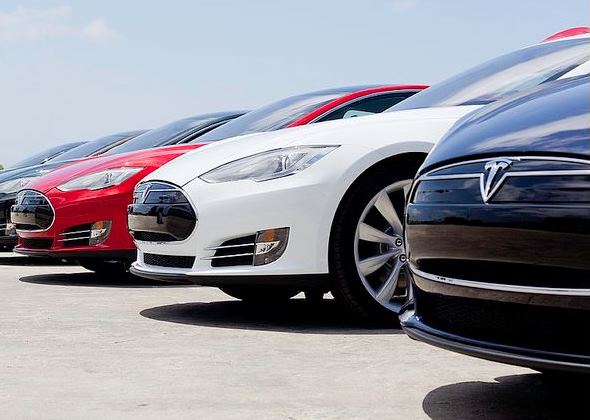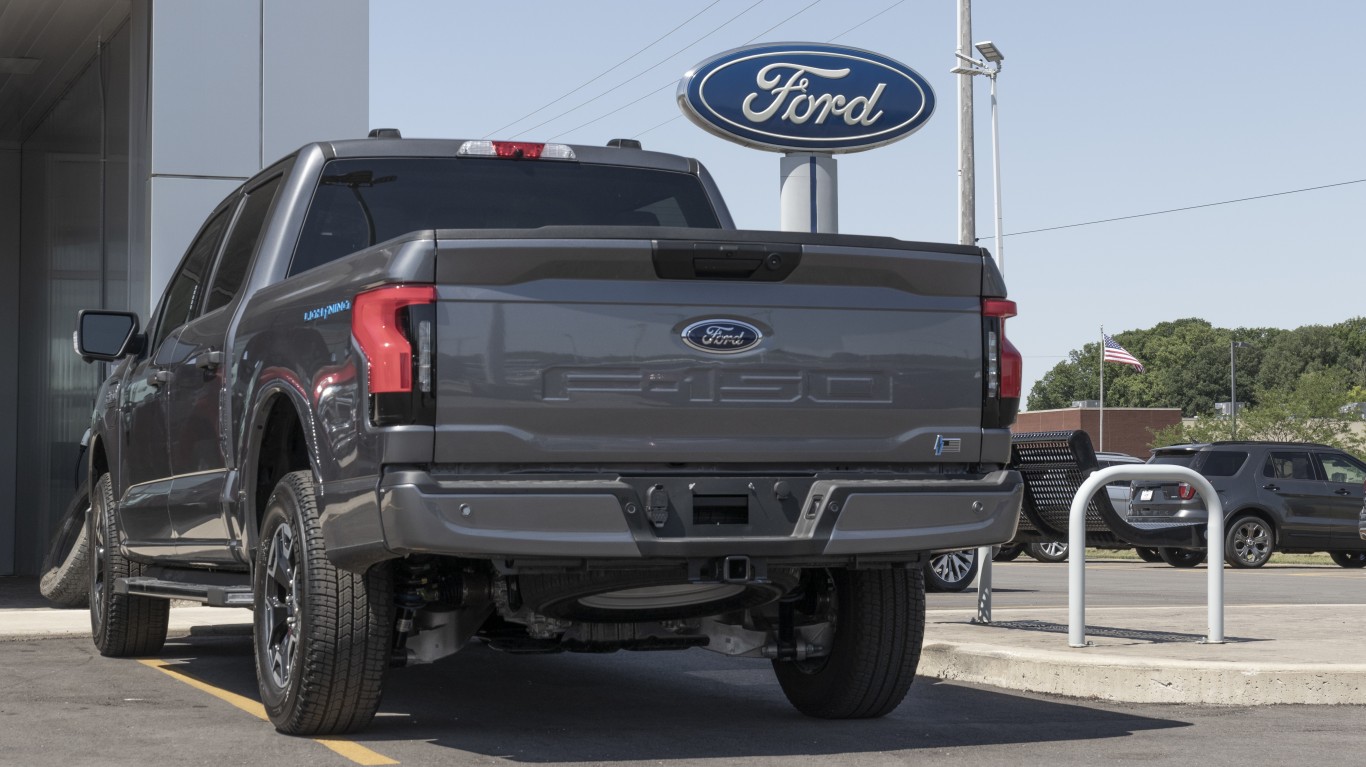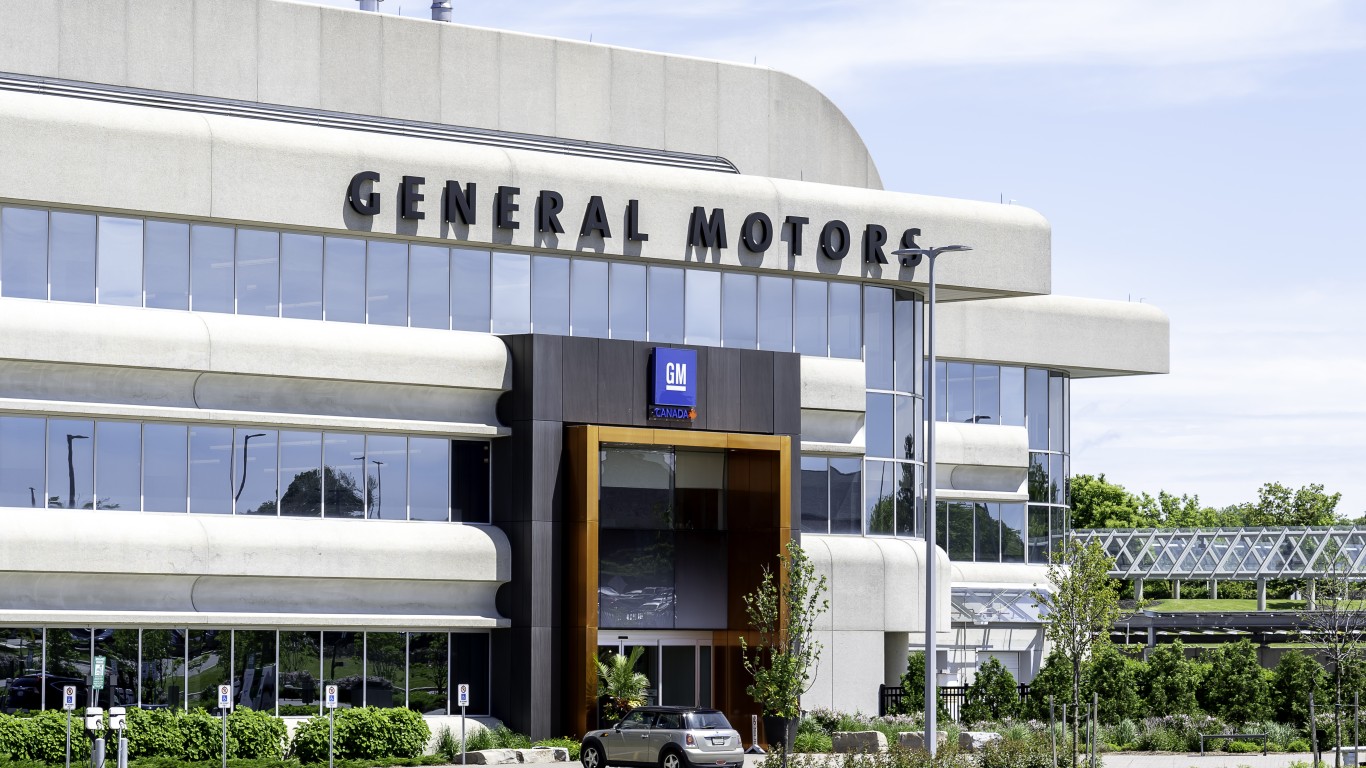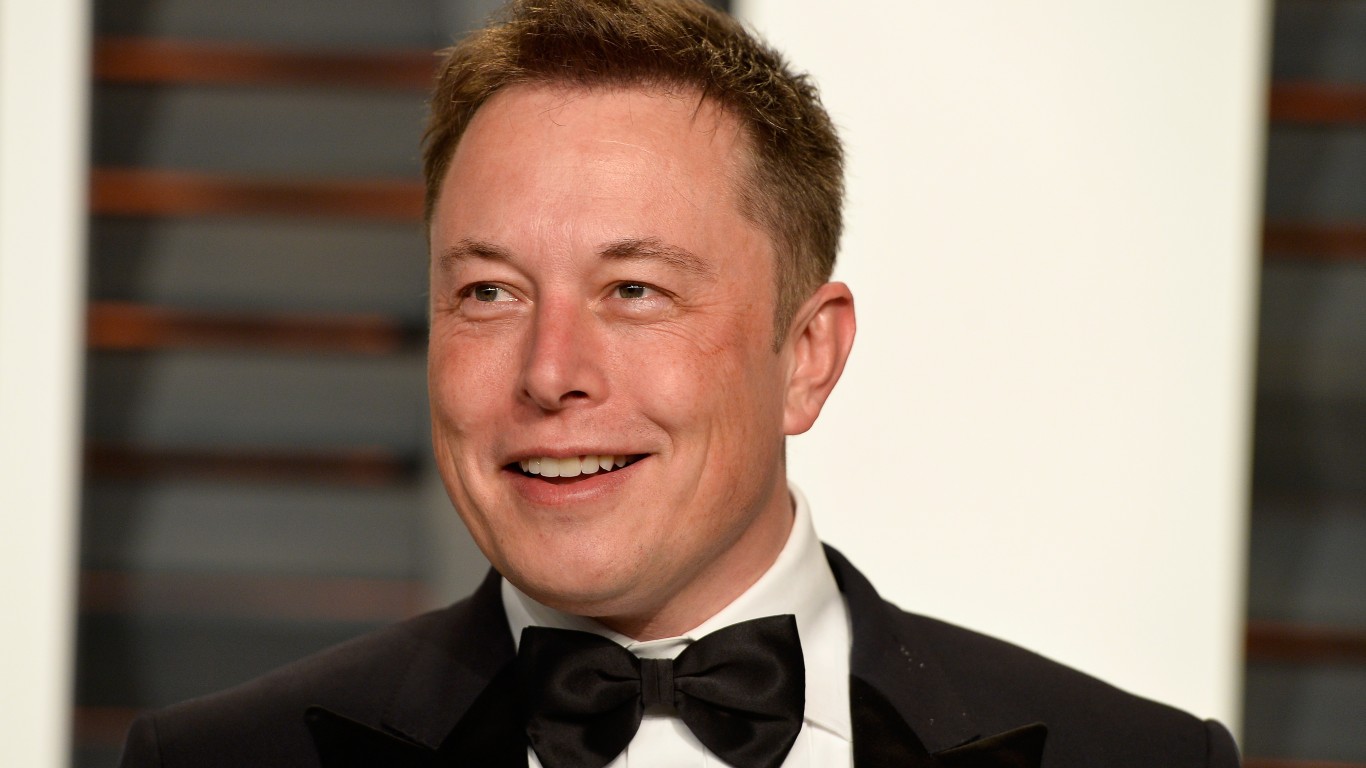Tesla Motors Inc.’s (NASDAQ: TSLA) stock dropped as it announced earnings, primarily because its sales forecast for the year dropped below the previously announced 55,000.
The downward revision in sales was hidden well down in the letter to investors, but it is what caused the anxiety:
We are now targeting deliveries of between 50,000 and 55,000 Model S and Model X cars in 2015. While our equipment installation and final testing of Model X is going well, there are many dependencies that could influence our Q4 production and deliveries. We are still testing the ability of many suppliers to deliver high quality production parts in quantities sufficient to meet our planned production ramp. Since production ramps rapidly late in Q4, a one-week push out of this ramp due to an issue at even a single supplier could reduce Model X production by approximately 800 units for the quarter. Furthermore, since Model S and Model X are produced on the same general assembly line, Model X production challenges could slow Model S production. Simply put, in a choice between a great product or hitting quarterly numbers, we will take the former. To build longterm value, our first priority always has been, and still is, to deliver great cars.
However, where was the statement about the thousands and thousands of people waiting to get a Model S? Where was a list of pent-up demand in the United States, or China (where demand has slackened) or Europe?
ALSO READ: Where Automaker Stocks Are Headed After Earnings
Maybe orders are the answer to the mystery of why Tesla has not sold more cars, but its comments about the situation were not clear:
Globally, Model S orders increased following the launch of 85D and 70D. In the U.S., Q2 Model S orders grew almost 30% year-over-year. In Europe, Q2 Model S orders grew more than 50% year-over-year, despite two price increases in the past six months. Finally in Asia, Q2 Model S orders nearly doubled from last quarter, helped by the initial success of our revised China strategy. Given this improvement, we are increasing our investments in China by planning to grow this year from one to five retail stores located in high foot traffic areas.
Did those people get their cars?
For some reason, Tesla has decided to get current owners to refer new ones, an odd move if demand were extraordinary:
Our new referral and pre-owned car programs expose more people to the benefits of driving electric vehicles. The Tesla referral program is an experiment we recently introduced to see if there is a way to return the cost of our sales to our customers. If a Tesla owner refers a friend to purchase a new Tesla, the friend will receive $1,000 off the purchase price of their Tesla, and the owner making the referral will receive a $1,000 credit to be used for Tesla service, accessories or another Tesla vehicle purchase. We will see how this works and there are certain limits, but the cost of this program reflects our typical customer acquisition costs, so it makes sense for everyone.
ALSO READ: How Credit Suisse Judges This New Tesla Referral Program
Traditionally, car companies do not offer incentives, unless they need to move inventory for which there is no immediate demand. Maybe Tesla sells cars that are too expensive. Maybe its cars are niche vehicles for which there is not much demand. Perhaps it does not have enough charging stations. Where are the tens of thousands of people waiting for their new Tesla automobiles?
Thank you for reading! Have some feedback for us?
Contact the 24/7 Wall St. editorial team.



